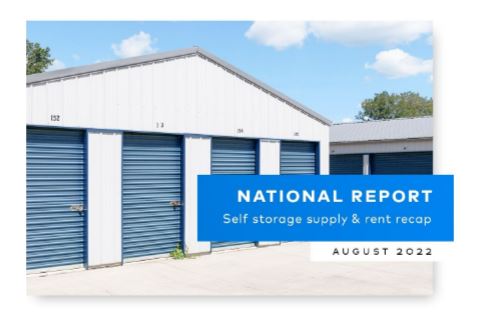Asking Rents Fall
Multifamily Update
Multifamily asking rents recorded historic highs in 2022 but began to move south as the year concluded, recording another $4 drop to a national average $1,715 in December, according to the latest Yardi® Matrix National Multifamily Report. Year-over-year growth declined by 80 basis points to 6.2 percent last month, the lowest level since May 2021. […]














